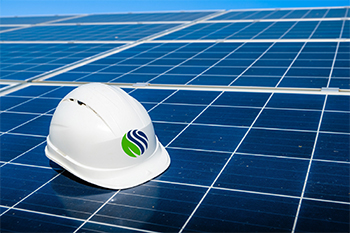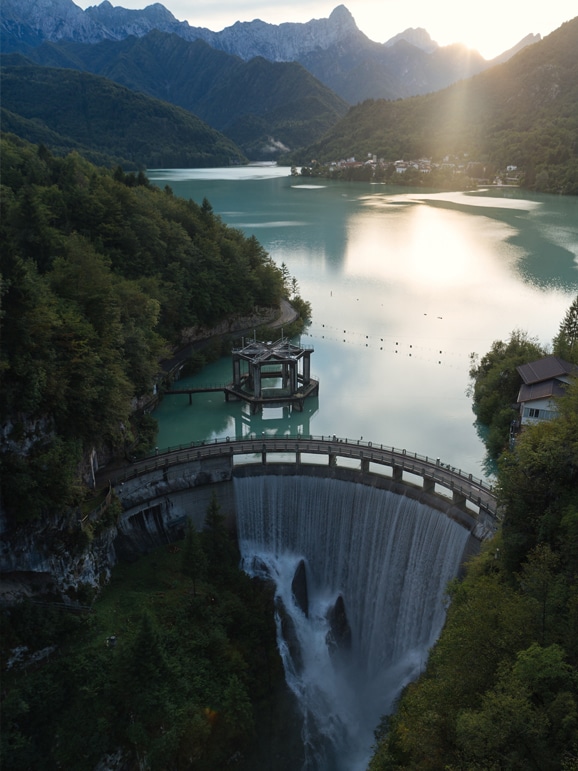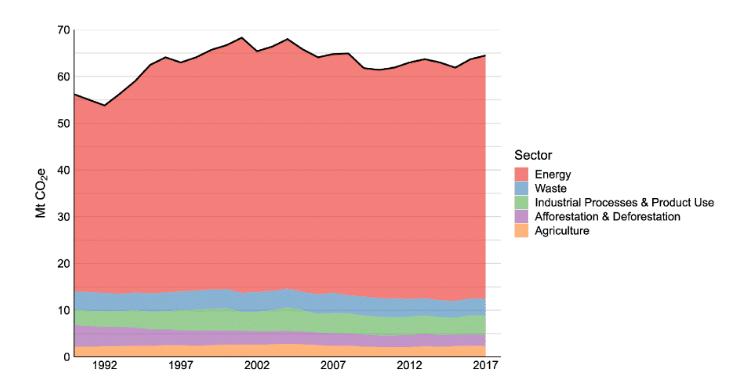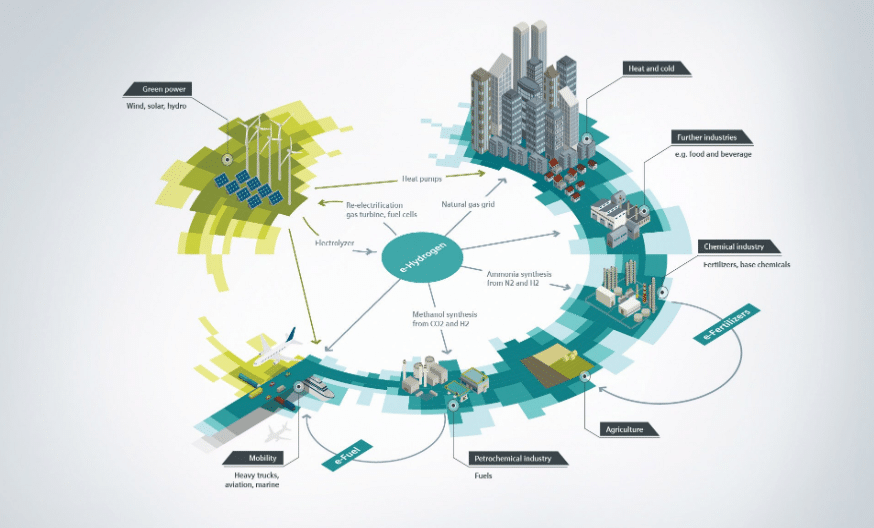
- Home
- /
- Green Hydrogen Powerplants
GREEN HYDROGEN POWERPLANTS & INFRASTUCTURE
We usher in the future, introducing the latest technologies and the best solutions for the problems of today
“To support, advance and leverage cutting edge technology to provide standardized solutions designed to achieve and surpass global targets for climate control. To respect and protect our future generations.”
The Problem/Opportunity
The World today faces an invisible adversary.
Climate change. As a species, we have single-handedly harnessed the power of our natural resources to build a world that far passes that of survival, a world of abundance. The word abundance comes to mind when we think of hydrogen.
It’s the most abundant element in the universe and so, unsurprisingly nearly all of our chemical fuels used to power global industry utilize Hydrogen. Global demand for hydrogen is 70 million tonnes annually. So, what is the problem?
Well, the vast majority (99%) of hydrogen today is produced from compounds called hydrocarbons, namely natural gas and coal.
As a result, its production is an abundant source of carbon dioxide (C02). These CO2 emissions are destroying the planet. If we are to continue consuming at Hydrogen at the rate our society has become accustomed to, change or self-destruction is inevitable.
The following table illustrates British Columbia’s contribution to annual CO2 emissions:


The global production of hydrogen is almost exclusively produced by hydrocarbons.
Grey, brown and black hydrogen make up 99.6% of the global production, so although there is a tremendous amount of hype regarding green hydrogen, it barely registers across the full value chain of hydrogen’s uses.
The transition to a carbon-free economy will need investments on a massive scale and investors are hard to attract.
iHAT’s Ideology
The Solution
Renewable energy is playing an increasingly important role worldwide. It is the backbone of a sustainable, CO2-free energy sector. Important to understand are the differences within the Hydrogen production processes. Market research firm Wood Mackenzie explains there are several “colours” associated with Hydrogen production:
⦁ Black/Brown: Hydrogen recovery through the gasification of black or brown coal. Brown coal, or Lignite, boasts a higher concentration of Hydrogen and Oxygen but still both produce an exceptional amount of Carbon Dioxide emissions to deal with.
⦁ Grey: The Steam Methane Reforming (SMR) process or similar though less common Autothermal Reforming. Nearly 70% of the world’s energy comes to us through this SMR process of Natural gas. More cost-efficient than Coal and has a notably higher concentration of Hydrogen vs Carbon, however, its GHG emissions are still vastly unsustainable at the rate Global demands continue to trend.
⦁ Blue: An innovative additional step that pairs with SMR. A system known as Carbon Capture and Storage (CCS) is introduced where CO2 emissions are curtailed, reducing the CO2 emissions released into the atmosphere. An excellent option to reduce GHG emissions however still does not come close to eliminating them completely.
⦁ Turquoise: A more recent addition to the colour scheme, this solution involves breaking Methane down to Hydrogen and solid Carbon in a process called pyrolysis. Though the low emissions from pyrolysis are certainly beneficial research shows the LNG supplies and process heat required for this method is no more Carbon-free than the Blue variety of CCS.
⦁ Green: Green Hydrogen is the final product of electrolysis, the process of applying electric current sourced from renewable sources such as Wind, Solar, and Hydro to split water into Hydrogen and oxygen, thus emitting zero Greenhouse Gas.
With the Energy sector contributing to the majority of CO2 emissions, shifting toward Green Hydrogen production is the only viable option for sustainability moving forward.
One of the paths to approach total decarbonization is electrifying the whole energy system and using clean renewable power. Electrifying the entire energy system would be difficult, or at least much more expensive than combining renewable generation with low carbon fuels. Green hydrogen is one of the several potential low-carbon fuels that could take the place of today’s fossil hydrocarbons.
The opportunity for green hydrogen to be applied across a wide range of sectors means there is a correspondingly large number of companies that could benefit from a burgeoning hydrogen fuel economy. As Green hydrogen aims to satisfy requirements in heating, energy storage and industrial feedstocks, it is the transport sector (Trains, Buses, Trucks, LCVs, Cars), relevant to its high volumes, that will allow Canada a rapid technological lead through economies of scale.

The Energy Transition Project:
Canada is committed to leading the way in the fight against climate change. To this endeavour, iHAT Technologies Inc. designs, builds, operates and maintains renewable energy power plants with specifically designed electroliers to produce and store green hydrogen.
From the Generated green electricity from the renewable energy power plant, a portion of clean electricity will be sold into the grid, the remaining portion is run through the electrolyze to produce green hydrogen for storage.
This process is the cleanest form of storing this electrical energy until it is required. Comparing hydrogen to battery storage, hydrogen has a higher energy density which has the effect that a lot more energy can be stored than a battery and dispersed efficiently with zero emissions or waste as with dead batteries. This is key to storing renewable energy.

The Hydrogen Storage and Dual Fueling Hydrogen & Electrical
Targeting goals to create zero-emission solutions for the Municipality of the world, IHAT Technologies will continue the partnership into developing a Green Hydrogen infrastructure including storage; piping; filling stations; backup generators to facilitate a strong step forward to bring the world to zero emissions City.

Goals/Objectives
To pave the way for a cleaner brighter future for generations to come. To have municipalities Pioneer a new sustainable Green Energy economy.
To prove a zero-emissions municipality IS possible so that neighbouring cities, Provinces, Countries and the World will be encouraged to follow in their footsteps. Specifically, through well-planned infrastructure, tackling sector by sector with an opening concentration on Transport and fuel cell generators to be completely Green by 2030.
To build up a new economy developing Local citizens, training them to become leaders and experts in this emerging market. Expectations of fully functioning local and indigenous staff managing day-to-day operations within the first 3 years.
Infrastructure into Green Energy
Benefits
Decarbonizing Iron and steel industries
⦁ Decarbonizing Chemical industries
⦁ Decarbonizing Aviation Industry
⦁ Decarbonizing Transportation Industries
⦁ Create a 10%-20% blend mix that can be injected directly into the gas grid to be used when needed. (This is not total decarbonization however a very strong improvement for the interim)
⦁ Meeting Decarbonized goals will pressure and encourage it in more provinces and at a federal level.
⦁ Generate Revenues and create well-paying employment opportunities

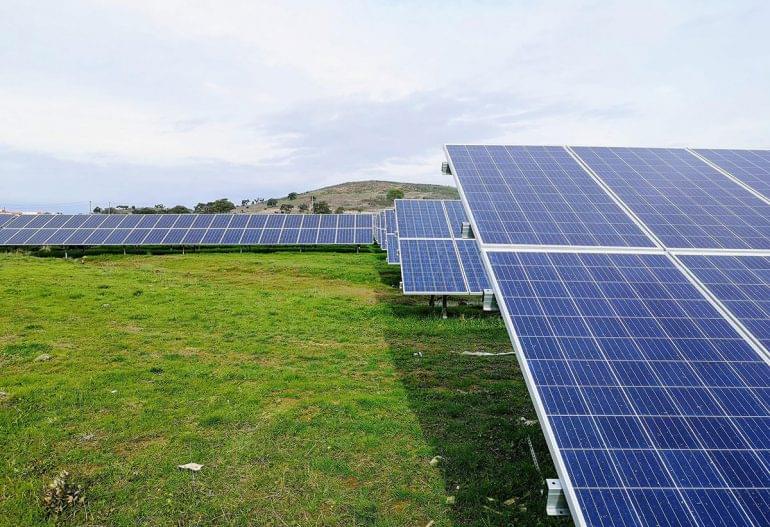
UN Organizations Launch Clean Energy Plan
Against the backdrop of a global energy crisis and worsening climate emergency, today the UN …

iHAT Africa Public Announcement
iHAT AFRICA intends to develop and integration project for poultry production and renewable energy generation in the town ofZalala.

Geothermal Energy Production & Utilisation
Geothermal energy can be found all over the world, how feasible its utilisation is…

‘First-of-its-kind’ study to test geothermal energy
Geothermal is a type of renewable energy taken from heat that comes from the earth’s subsurface, ..
iHAT collects and shares reliable information from various sites including , IREANA International Renewable Energy Agency →












